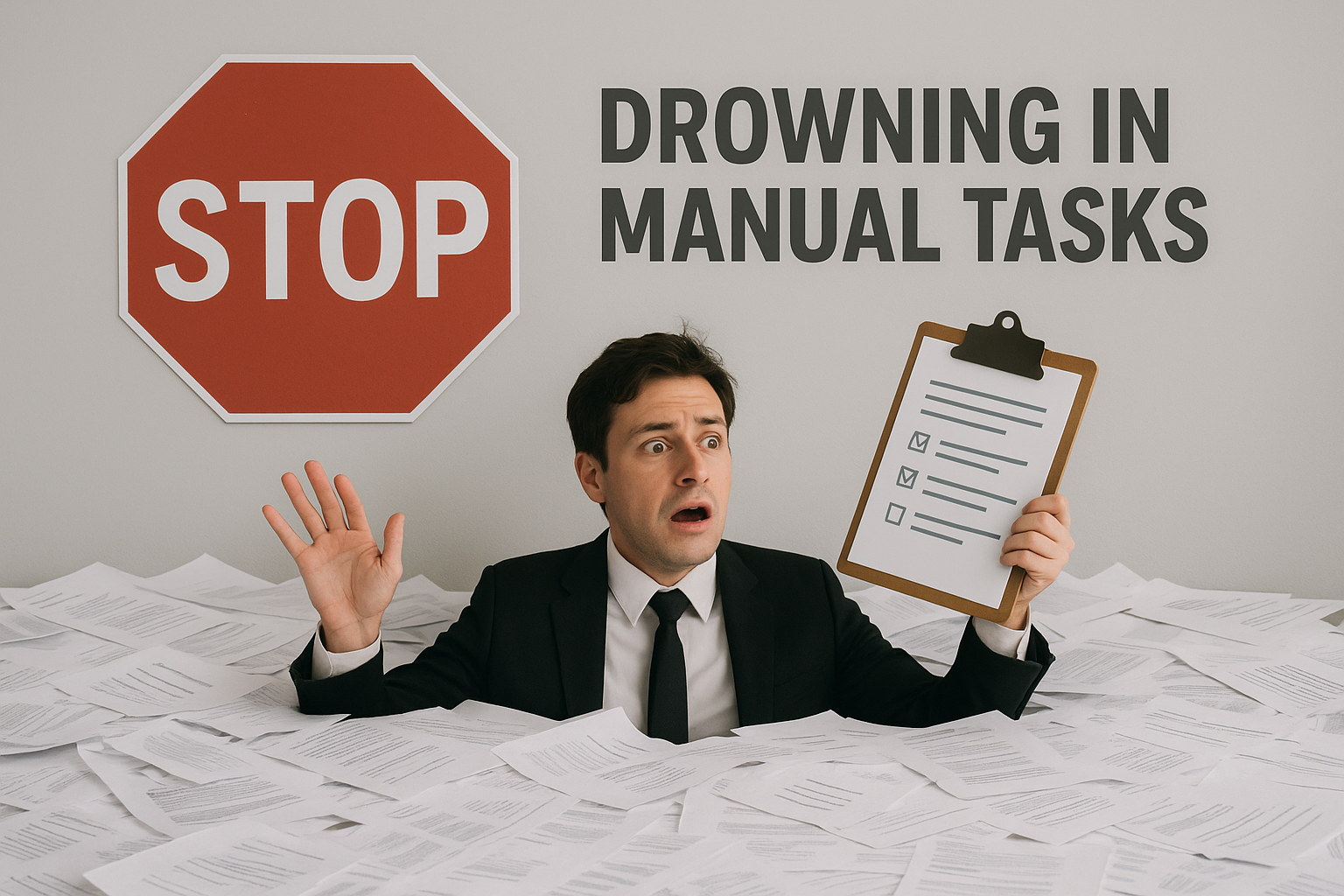
The ATO has finally released its long awaited ruling on individual residency which outlines the residency tests for individuals as set out in subsection 6(1) of the Income Tax Assessment Act 1936 and the ATO's latest views on whether an individual is a resident of Australia. This ruling consolidates and replaces previous rulings on residency that has been withdrawn as well as updating the views contained within to take into account various decisions such as Harding v Commissioner of Taxation [2019] FCAFC 29, Pike v Commissioner of Taxation [2019] FCA 2185, and Addy v Commissioner of Taxation [2019] FCA 1768.
Residency Tests
An individual is a resident of Australia if the ordinary concepts test is met or any of the domicile, 183-day, or Commonwealth superannuation fund tests are met. Under the ordinary concepts test, an individual is a resident if they reside in Australia. Reside is not defined and has its ordinary meaning, which has been expressed as "to dwell permanently or for a considerable time, to have one's settled or usual bode, to live, in or at a particular place". The ordinary concepts test attempts to determine whether an individual's presence in Australia is usual and settled in contrast to temporary and casual.
Determining whether an individual is a resident under the ordinary concepts test depends on the nature, duration, and quality of the individual's physical presence and an intention to treat Australia as a home. Factors include period and intention of physical presence, behaviour while in Australia, family/business/employment ties, maintenance and location of assets, and social and living arrangements. The ruling also explains the other 3 tests for determining whether an individual is an Australian resident. These are as follows:
- Domicile test – an individual whose domicile is in Australia is a resident, unless the Commissioner is satisfied that the person's permanent place of abode is outside Australia;
- 183-day test – an individual who has actually been in Australia, continuously or intermittently, during more than one-half of the year of income, unless the Commissioner is satisfied that the person's usual place of abode is outside of Australia and that person does not intend to take up residency in Australia; and
- Commonwealth superannuation fund test – an individual with membership of certain Commonwealth government superannuation schemes, or their spouse/children under 16.
Place of Abode
In the ruling, the concept of "place of abode" has been updated to reflect the decision in Harding v Commissioner of Taxation to not only refer to a dwelling but also to physical surroundings in which the individual lives, extending to a town or a country. Therefore, it is no longer necessary to be living in a particular dwelling in a certain way for an individual's place of abode to be considered permanent, provided the nature of the individual's presence in a town or country is consistent with abandoning residency in Australia and living in that town or country in a permanent way.
2 year Rule of Thumb
For practical purposes, the ruling retains the rule of thumb that if an individual's intended length of stay in another country is less than two years, they are unlikely to be able to establish that their permanent place of abode is outside of Australia (ie they are more likely than not to remain an Australia resident). Those with longer stays will need to examine their individual circumstances, the ruling notes that the critical question is whether a person has in fact abandoned Australian residency and commenced to live in a permanent way overseas.
Working Holiday Makers
In terms of the decision in Addy v Commissioner of Taxation, the ruling now specifically states that working holiday makers will not usually be considered to be a resident of Australia under any of the residency tests, particularly where they enter and remain in Australia on a working holiday visa, or work and holiday visa, and leave at the end of (or before) that visa expiring.
In relation to the decision in Pike v Commissioner of Taxation, the ATO maintains that double tax agreement (DTA) "tie-breaker" tests that apply to allocate income to one or both countries by allocating residency to one country for an income year (or part of) only affect the allocation of income. Therefore, even if a DTA allocates your residency to another country under the tie-breaker test, an individual will remain a resident of Australia for Australian tax purposes and will be taxed on that basis to the extent it is not inconsistent with the allocation rules in the specific DTA.
Bright Line Test Proposals from Board of Taxation Not Implemented
It is important to note that the ruling does not incorporate the proposed changes to the residency tests, announced by the previous Government in the May 2021 Budget, in response to a 2019 Board of Taxation report on modernising individual tax residency rules. The key proposal from the report was a primary "bright line" physical presence test (ie if you spent 183 days or more in Australia in the income year you are a resident), and a secondary test based on the individual's prior year residency status (commencing/ceasing residency tests) that takes into account further information if the primary "bright line" test is not met.
How will it affect you?
If you'd like to find out how this newly released ruling will affect your residency status for Australia or another country, we can help you decipher and apply the ruling to your specific situation. Make sure you're not paying too much tax, contact us today.
Please note that many of the comments in this publication are general in nature and anyone intending to apply the information to practical circumstances should seek professional advice to independently verify their interpretation and the information’s applicability to their particular circumstances. Should you have any further questions, please email us at RGA Business and Tax Accountants at reception@rgaaccounting.com.au . All rights reserved. Brought to you by RGA Business and Tax Accountants. Liability Limited by a scheme approved under Professional Standards Legislation.









